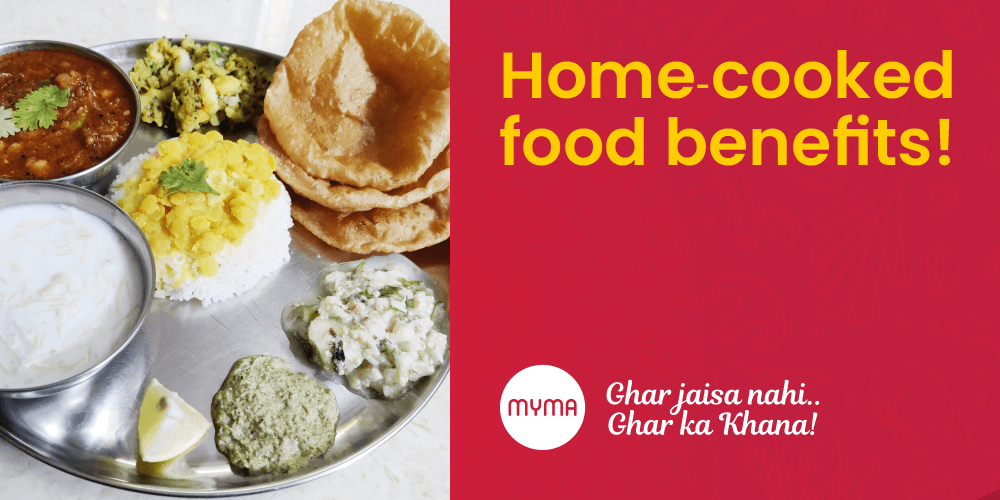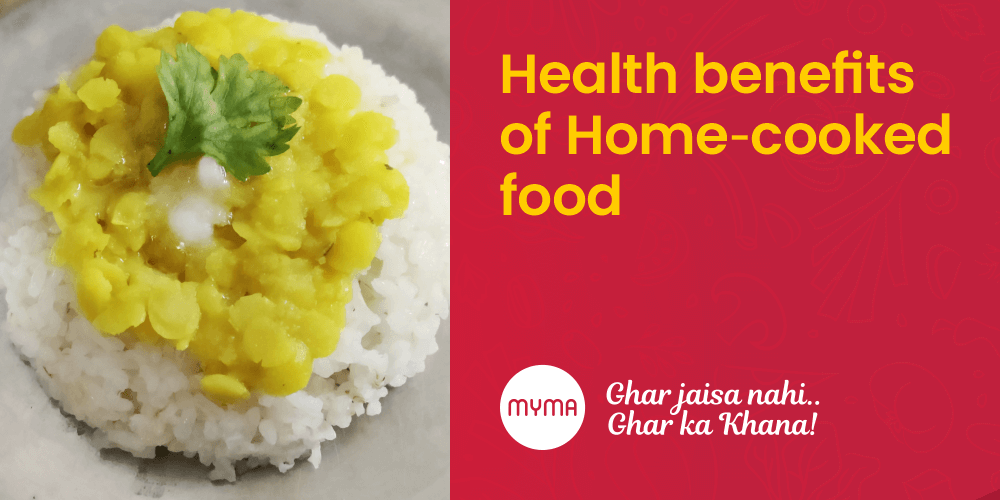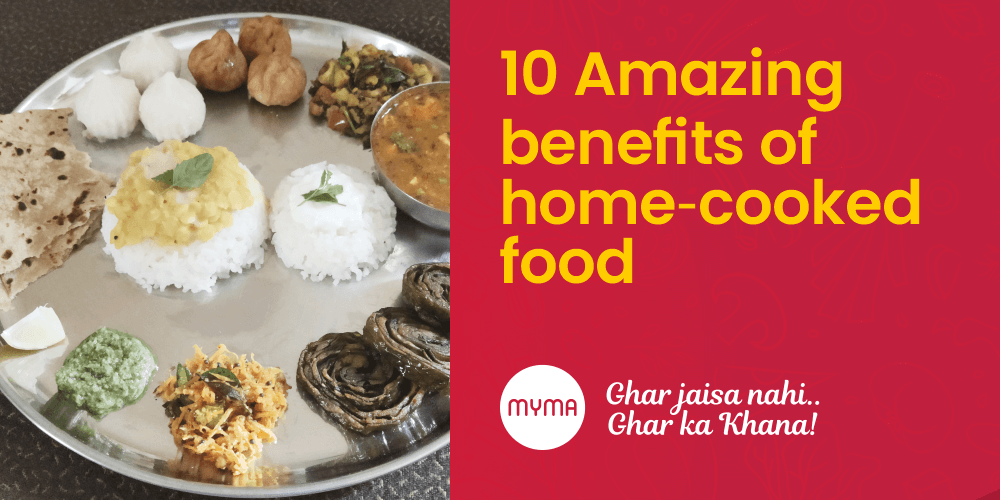India is a country known for its rich and diverse cuisine, but with the rise of fast food chains and street vendors selling food from outside sources, there has been a significant increase in the number of people suffering from diseases caused by these foods.
To address this, the government and private organizations can invest in programs that aim to improve access to healthy food in low-income communities. This can include initiatives such as community gardens, farmers markets, and food co-ops that provide affordable and healthy food options to the people who need it most.
- Food poisoning
- Salmonella infection
- E. coli infection
- Cholera
- Dysentery
- Hepatitis A
- Shigellosis
- Norovirus infection
- Campylobacter infection
- Vibrio infection
- Yersinia infection
- Listeria infection
- Botulism
- Clostridium perfringens infection
- Staphylococcus aureus food poisoning
- Bacillus cereus food poisoning
- Aflatoxin poisoning
- Ciguatera fish poisoning
- Scombroid fish poisoning
- Heavy metal poisoning (e.g. lead, mercury)
1. Food poisoning
Occurs when a person eats food contaminated with bacteria, viruses, toxins, or other harmful substances. Symptoms can include nausea, vomiting, diarrhea, and abdominal cramps.
2. Salmonella infection
Caused by the bacteria Salmonella, this infection can lead to fever, diarrhea, and abdominal cramps. It is often contracted from eating contaminated food or water.
3. E. coli infection
Caused by the bacteria E. coli, this infection can cause diarrhea, abdominal cramps, and vomiting. It is often contracted from eating undercooked meat or consuming contaminated water.
4. Cholera
Caused by the bacteria Vibrio cholerae, this infection is characterized by severe diarrhea, vomiting, and dehydration. It is often contracted from eating food or drinking water contaminated with the bacteria.
5. Dysentery
Caused by bacteria, viruses, or parasites, this infection is characterized by diarrhea with blood and mucus in the stools. It is often contracted from eating or drinking contaminated food or water.
6. Hepatitis A
Caused by the hepatitis A virus, this infection leads to inflammation of the liver and can cause fever, fatigue, nausea, and jaundice. It is often contracted from eating or drinking contaminated food or water.
7. Shigellosis
Caused by the bacteria Shigella, this infection is characterized by diarrhea, abdominal cramps, and fever. It is often contracted from eating or drinking contaminated food or water.
8. Norovirus infection
Caused by norovirus, this infection is characterized by diarrhea and vomiting. It is often contracted from eating contaminated food or coming into contact with infected surfaces.
9. Campylobacter infection
Caused by the bacteria Campylobacter, this infection is characterized by diarrhea, abdominal cramps, and fever. It is often contracted from eating undercooked meat or consuming contaminated water.
10. Vibrio infection
Caused by the bacteria Vibrio, this infection can lead to vomiting, diarrhea, and abdominal cramps. It is often contracted from eating raw or undercooked shellfish.
11. Yersinia infection
Caused by the bacteria Yersinia, this infection can lead to fever, abdominal pain, and diarrhea. It is often contracted from eating contaminated food, especially pork.
12. Listeria infection
Caused by the bacteria Listeria, this infection can lead to fever, muscle aches, and gastrointestinal symptoms. It is often contracted from eating contaminated food, particularly deli meats, soft cheeses, and smoked seafood.
13. Botulism
Caused by the bacteria Clostridium botulinum, this infection is characterized by muscle weakness and paralysis. It is often contracted from eating contaminated canned foods.
14. Clostridium perfringens infection
Caused by the bacteria Clostridium perfringens, this infection is characterized by diarrhea and abdominal cramps. It is often contracted from eating food that has been left at warm temperatures for too long.
15. Staphylococcus aureus food poisoning
Caused by the bacteria Staphylococcus aureus, this infection is characterized by vomiting, nausea, and stomach cramps. It is often contracted from eating food that has been left at warm temperatures for too long.
16. Bacillus cereus food poisoning
Caused by the bacteria Bacillus cereus, this infection is characterized by diarrhea and vomiting. It is often contracted from eating food that has been left at warm temperatures for too long.
17. Aflatoxin poisoning
Caused by a toxin produced by the mold Aspergillus flavus, this condition can lead to liver damage and an increased risk of liver cancer. It is often contracted from eating contaminated food, particularly peanuts, corn, and other grains.
18. Ciguatera fish poisoning
Caused by a toxin produced by certain types of marine algae, this condition can lead to symptoms such as nausea, vomiting, and neurological symptoms. It is often contracted from eating certain types of fish, such as barracuda, grouper, and snapper.
19. Scombroid fish poisoning
Caused by a histamine produced by certain types of fish, such as tuna, mackerel, and sardines, that have not been properly refrigerated. This condition can lead to symptoms such as rash, hives, and facial flushing.
20. Heavy metal poisoning
Caused by the ingestion of heavy metals such as lead, mercury, and cadmium, this condition can lead to a wide range of symptoms, depending on the type and amount of metal consumed. Long-term exposure can lead to serious health problems, such as organ damage, neurological disorders, and cancer.
In conclusion,
The rise of outside food is a complex issue that is influenced by a variety of factors, including economic and social factors. To address this, it is important to take a comprehensive approach that includes increasing public awareness, implementing stricter regulations and food safety standards, promoting locally available food, and encouraging healthy food choices. Additionally, it is also important to address the economic factors that contribute to the rise of outside food, such as lack of access to healthy food options in low-income communities, and investing in infrastructure to improve food supply chains. By taking a holistic approach to addressing this issue, we can help to reduce the number of people suffering from food-related illnesses and promote a healthier population in India.
By choosing home-cooked food,
you can get multiple benefits that will truly improve your well-being. And to improve your well-being, here you have a very good option called Myma App which provides good quality and purely home-cooked food that too cooked by a mother. This means, now you can order home-cooked food from any house nearby you… Isn’t it awesome???
Myma – ‘Ghar jaisa nahi, ghar ka khana!’




